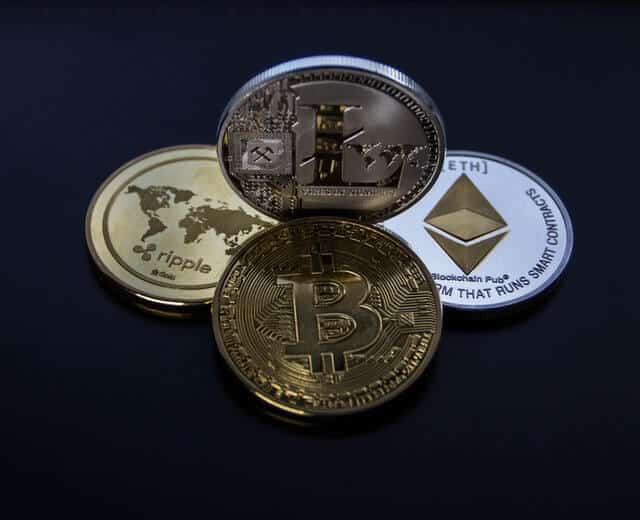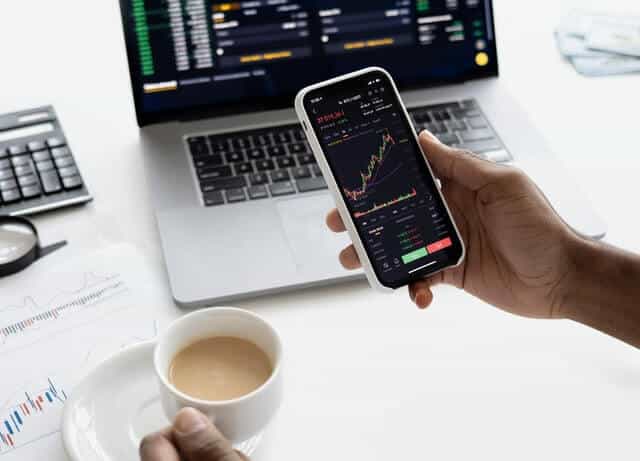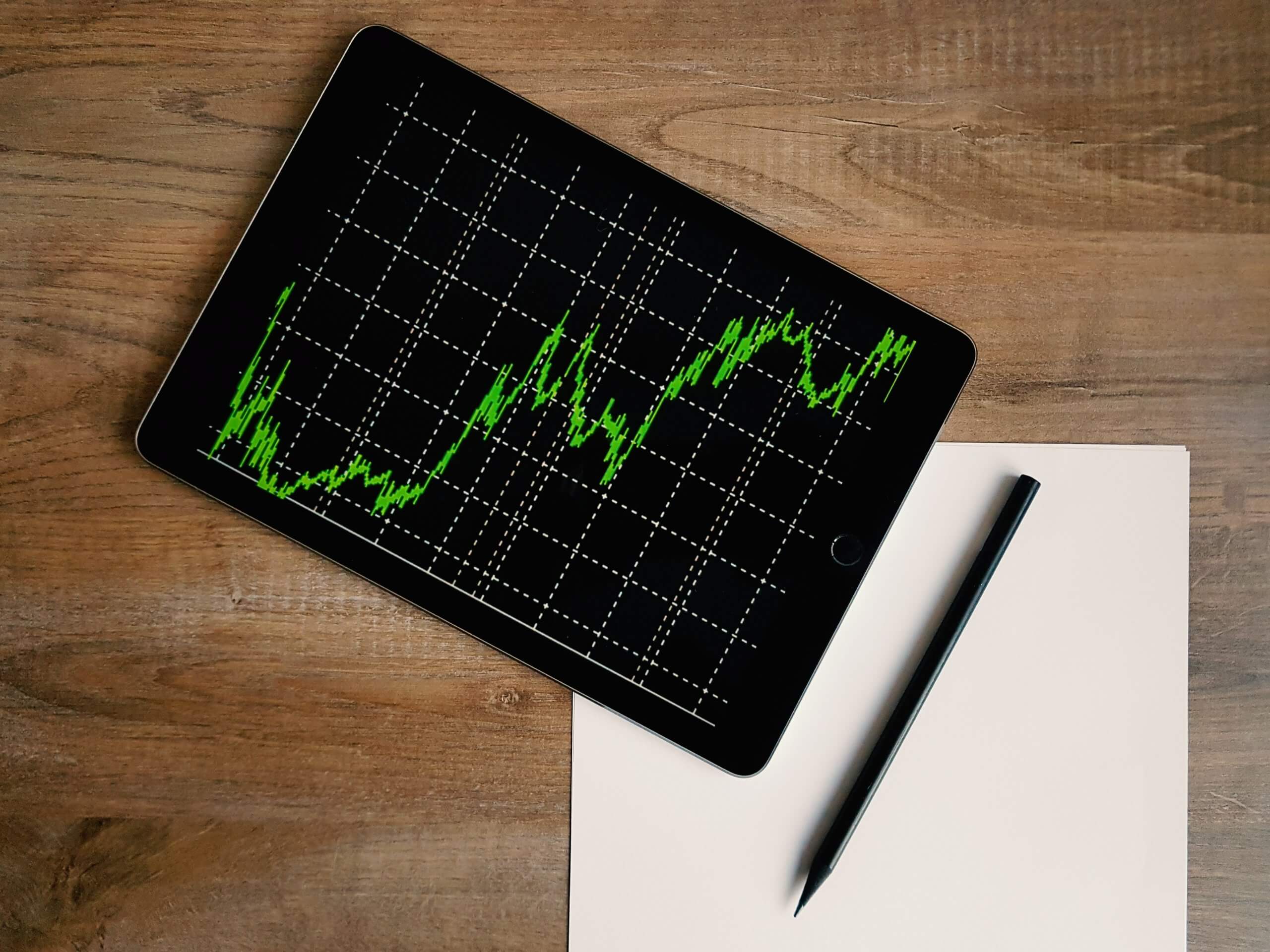With the launch of multiple DeFi projects, many people within the crypto ecosystem are wondering “What is Balancer?”, So this time we will talk about the initiative and how it works. Basically, we are dealing with a market maker who, by promoting liquidity, will benefit from differentials in the price of a specific asset.
The world of DeFi has grown considerably in recent months thanks to projects that have been highly profitable, thus initiating a scenario where all members of the crypto community can participate as investors.
Disclaimer: this post should not be considered investment advice. This is only for educational purposes only. Never invest more than what you are able to lose and always ask for information to your professional financial advisors. We are not financial advisors.
What is Balancer?
Balancer is an automated market maker (AMM) with specific properties that allow it to function very differently from the vast majority.
Balance is based on the characteristics of Uniswap, although it is an independent project with its own characteristics. By way of clarification: Uniswap is another blockchain project that allows users to execute swaps as the name suggests between ERC-20 tokens. In short, it allows ERC-20 tokens to be exchanged without the need to go to a decentralized exchange and without the need to use ETH to make the change.
How does Balancer work?
Balance facilitates liquidity in an automated marketplace by allowing users to earn fees for their idle Ethereum-based assets. For this, they must deposit their full wallets in Balancer’s self-rebalancing LPs. By doing so other users can access and trade this asset and you will earn a fee for it.
A user must create a Balancer Pool to provide liquidity, which means that they will deposit their asset and define a trading fee, or add the asset to another existing pool. Within this pool, you can include different ERC-20 tokens, up to 8 tokens with custom distribution. For example, you could create a group that is made up of 5% DAI, 20% WETH, 40% LINK, 20% ZRX AND 15% MKR or 60% REP and 40% BNT.
Balancer has the smart order routing (SOR) system, which makes it possible for participants to obtain the best result by determining the operations between the groups that combined provide the best possible rate.
About the BAL token
What is BAL? BAL is the native token of the Balancer platform and is included within the ERC-20 group of tokens. The first version of the protocol, Balancer V1, was released without a native token, BAL came into action in another update.
BAL allows its holders to participate in the governance of the project, in addition to being one of the most efficient liquidity providers in the entire DeFi ecosystem.
BAL has a total established supply of 35,725,000 BAL, of which 6,943,831 BAL are already in circulation. It occupies the 89th position in the market capitalization ranking according to Coinmarketcap and its price at the time of publication is $12.98 USD.
As always, it is important to note that each investment carries a risk and that security measures in the crypto world are never too much, especially when it comes to new projects.
Join Altsignals for more content and crypto trading signals.





















